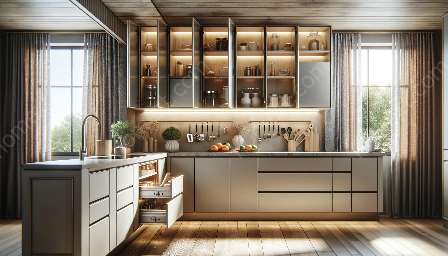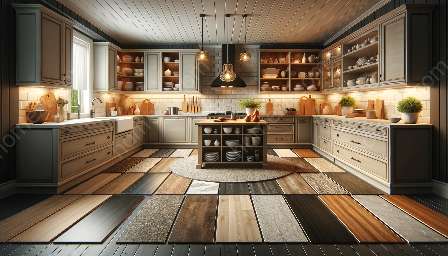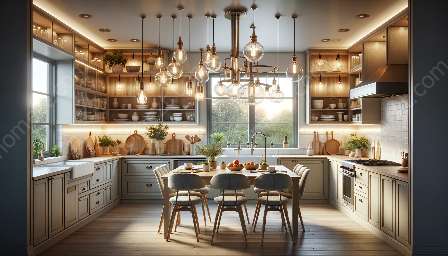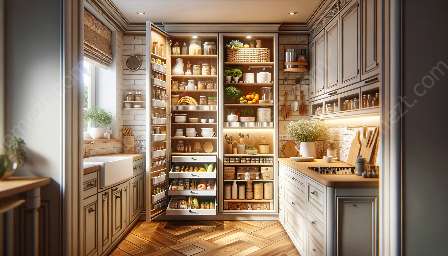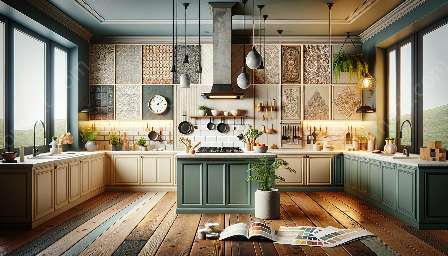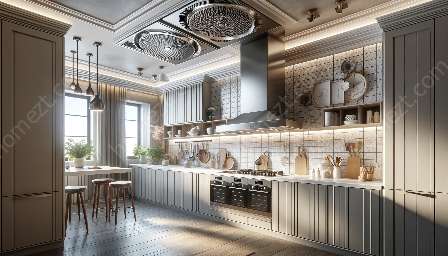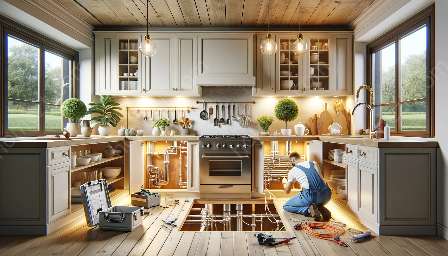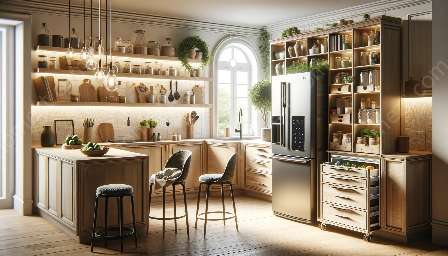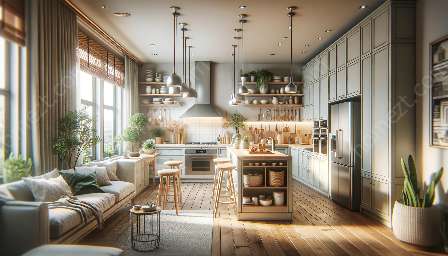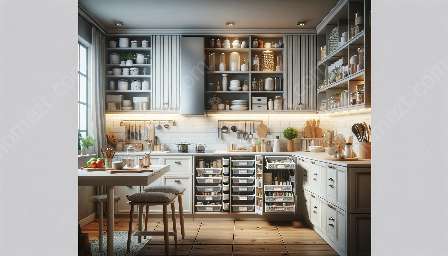When embarking on a kitchen remodeling project or home improvement endeavor, understanding plumbing and electrical considerations is key to ensuring a successful outcome. These aspects play a crucial role in the functionality, safety, and aesthetics of the space. In this comprehensive guide, we'll explore the essential factors to consider and provide practical tips for addressing plumbing and electrical requirements in a way that enhances the overall project.
Plumbing Considerations
Upgrading the plumbing system is often necessary during a kitchen remodel to accommodate new fixtures, appliances, and layout changes. Here are some important aspects to consider:
- Assess the Existing Plumbing: Before making any design decisions, it's essential to assess the condition and layout of the existing plumbing. This evaluation helps in identifying any potential issues and determining the feasibility of the proposed changes.
- Fixture Placement: When planning the new layout, consider the placement of sinks, faucets, dishwashers, and refrigerators. Ensuring proper spacing and alignment is crucial for efficient functionality and aesthetic appeal.
- Water Supply and Drainage: Upgrading water supply lines and drainage systems may be necessary to accommodate new fixtures and appliances. Proper sizing and installation of these components are vital for optimal performance and reliability.
- Code Compliance: Adhering to local building codes and regulations is paramount to avoid potential setbacks and ensure that the plumbing work meets safety and quality standards.
- Professional Assistance: Engaging a licensed plumber for the evaluation, design, and installation of the plumbing system is highly recommended to ensure accuracy, compliance, and long-term functionality.
Electrical Considerations
Electrical work is another critical aspect of kitchen remodeling and home improvement projects. Consider the following factors when addressing electrical requirements:
- Lighting Design: Proper lighting enhances the ambiance and functionality of a kitchen. Plan the placement of task lighting, ambient lighting, and decorative fixtures to create a well-lit and inviting space.
- Appliance Power Needs: Ensure that the electrical system can accommodate the power requirements of new appliances, such as refrigerators, ovens, microwaves, and range hoods. Upgrading the electrical panel and circuits may be necessary to meet these demands.
- GFCI and AFCI Outlets: Ground Fault Circuit Interrupter (GFCI) and Arc Fault Circuit Interrupter (AFCI) outlets are crucial for enhancing electrical safety in the kitchen. It's important to install these outlets in compliance with the relevant electrical codes.
- Concealed Wiring: Concealing electrical wiring within walls, cabinets, and islands ensures a clean and seamless appearance while maintaining safety and functionality. Careful planning and coordination with other trades are essential for successful concealed wiring installations.
- Smart Home Technology: Incorporating smart home features, such as smart switches, outlets, and integrated automation systems, can add convenience, energy efficiency, and modern functionality to the kitchen space.
- Professional Consultation: Seeking guidance from a qualified electrical contractor or designer helps in determining the optimal electrical layout, ensuring compliance with electrical codes, and incorporating innovative and energy-efficient solutions.
Tips for Seamless Integration
For a successful kitchen remodeling project with a focus on plumbing and electrical considerations, consider the following tips:
- Collaborative Planning: Engage with plumbers, electricians, designers, and other professionals early in the planning phase to ensure cohesive integration of plumbing and electrical requirements with the overall design.
- Space Optimization: Design the layout to optimize space and functionality, considering the positioning of plumbing fixtures and electrical outlets in alignment with the intended use of the kitchen.
- Durable Materials: Select plumbing fixtures and electrical components that are not only aesthetically appealing but also durable, efficient, and compatible with the overall design scheme.
- Future-Proofing: Anticipate potential future needs and technological advancements when planning the plumbing and electrical infrastructure, allowing for flexibility and adaptability over time.
- Regular Maintenance: Establish a maintenance schedule for plumbing and electrical systems to prolong their lifespan and ensure continued performance and safety.
By carefully addressing plumbing and electrical considerations in a kitchen remodeling project, homeowners can create a space that not only meets their functional needs but also reflects their personal style and enhances the overall value of their home.


